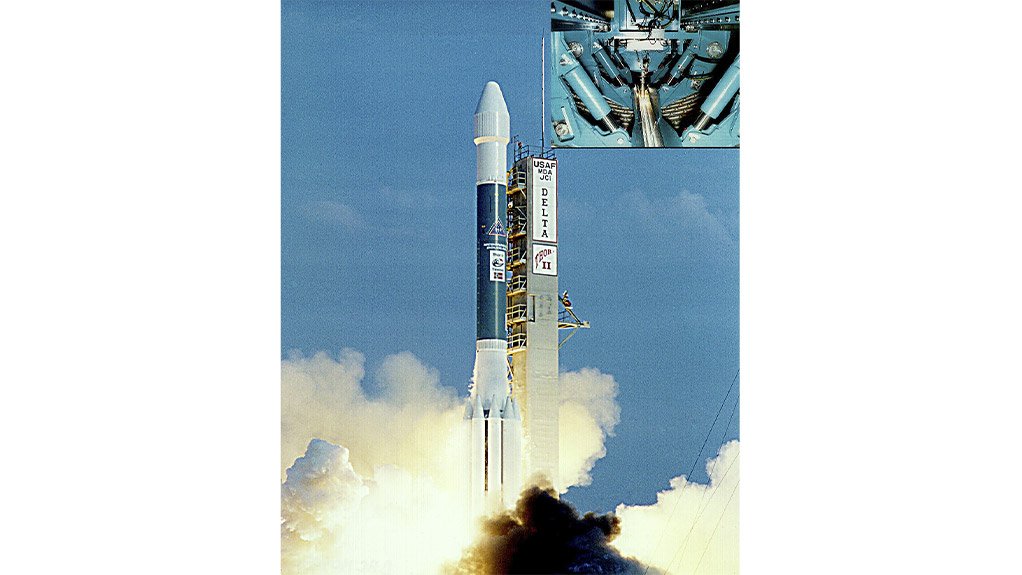Welding supply store ESAB’s SuperStir stir welding technology, which is based on friction rather than heat, is pertinent in aerospace applications, says welding product supplier Unique Welding marketing and product development manager Nicole Black.
Unique Welding is an official partner and local distributor of ESAB welding products.
Black explains that a rotating pin-shaped tool is plunged, under considerable pressure, into the joint between two firmly clamped workpieces.
The friction between a wear-resistant tool and workpiece ‘plasticises’ the metal, but without melting it. As the tool moves along the joint, the plasticised material is transferred to its trailing edge. Black adds that when the metal cools down, the material forges a solid phase bond between the two pieces.
This, combined with a lack of voids and impurities, ensures “exceptional weld strength”, she says.
Other advantages of the technology, compared with conventional welding techniques, are that the process requires no filler material, gas or other consumables.
The welding technology generates no harmful gases, slag or spatter, and very little noise, actively contributing to a better welding environment while using less energy, she adds.
Meanwhile, ESAB partnered with aerospace company Boeing in the manufacturing of fuel tank structures for US federal agency National Aeronautics and Space Administration’s (Nasa’s) heavy-lift rocket, the Space Launch System, in 2014.
Engineers and experts from ESAB also worked with Boeing and Nasa for more than a year to develop the new vertical assembly centre, which is an orbital welding system that can support the large rocket fuel tank while circumferentially welding its sections together using the stir welding technology.
Black explains that, while developing the centre, ESAB supplied Boeing with a special laboratory unit for adaptive pin tool and bobbin tool testing, together with a small production machine used as a laboratory unit to assist the circumferential welding process.
Additionally, Boeing worked with ESAB to employ friction stir welding technology on the Delta II and Delta IV rocket programmes in the late 1990s and early 2000s.
The aerospace industry has been quick to see the technology’s potential, as it has “exploited the technology to construct fuel tanks for rockets and is assessing its viability in airframe construction,” concludes Black.
Edited by: Zandile Mavuso
Creamer Media Senior Deputy Editor: Features
EMAIL THIS ARTICLE SAVE THIS ARTICLE
ARTICLE ENQUIRY
To subscribe email subscriptions@creamermedia.co.za or click here
To advertise email advertising@creamermedia.co.za or click here













